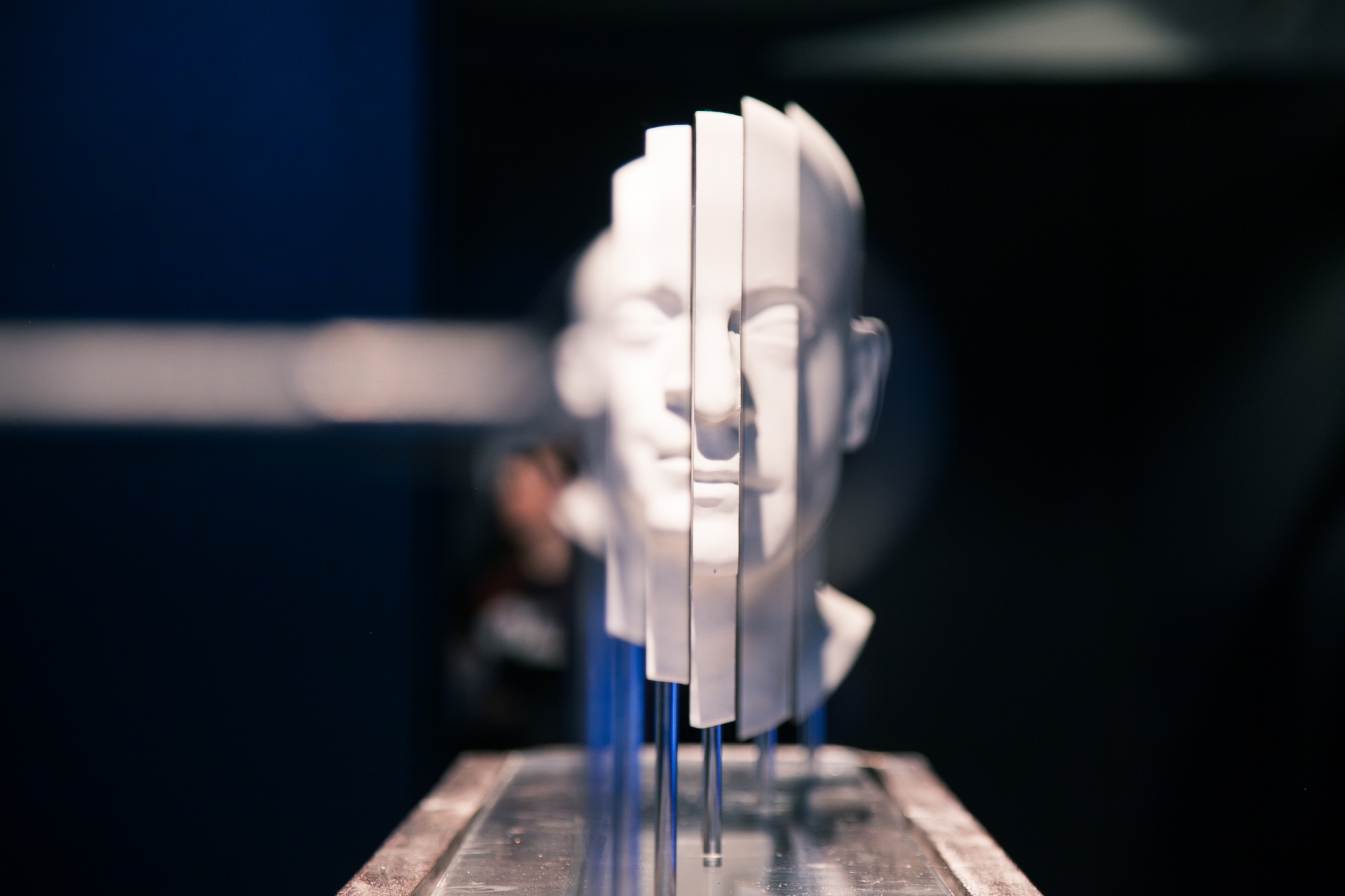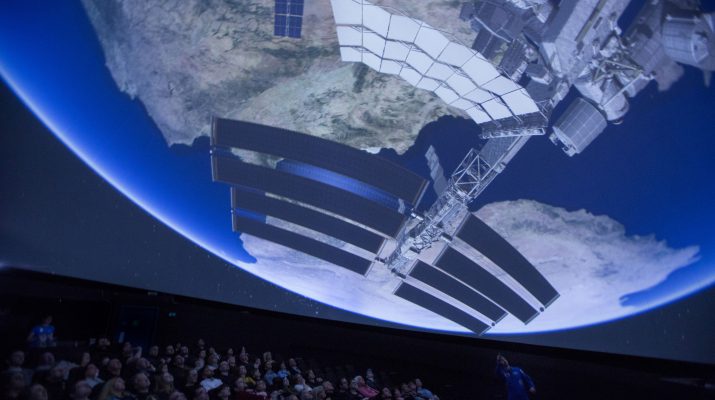When perusing science headlines, it seems as though I’m coming across developments that are the stuff of science fiction. However, they’re very real breakthroughs in the scientific community. Everything from ways of eliminating painful genetic defects to experiments involving hybrid embryos. Some of these experiments are dubious at best, and some seem downright unethical.
Probably most peoples’ first exposure to large-scale genetic engineering was the Jurassic Park books and movies. While the idea of cloning dinosaurs might seem improbable, the science that the series was based on isn’t. Scientists’ plans to clone a woolly mammoth caught public attention in 2005, according to National Geographic Though the likelihood of extracting usable DNA from a specimen that old isn’t good, the possibility itself amazes.
Two other recent novels are focused on genetic engineering, this time involving humans. One, “Raising Abel”, is written by W. Michael Gear and Kathleen O’Neal Gear, both anthropologists. The story centers around a four-year-old boy who had been engineered from the DNA of a Neanderthal and an extremist creationist group out to destroy him and anyone involved with the project. Another is “Where the Wind Blows” by James Patterson. This story features an 11-year-old girl who shares some of the same genetic material as a bird and is on the run from the secret group responsible for her creation.

While science hasn’t produced anything as dramatic as dinosaurs, Neanderthals, or half-humans, some advances have been made that many wouldn’t have thought possible ten or fifteen years ago. While some of these have produced good, some are controversial, and rightfully so. What are some advances scientists have made, and why?
A Wikipedia article on genetic engineering states that it is being used to treat genetic defects in humans. However, one downside of genetic engineering is that removing a defect from an individual doesn’t necessarily prevent it from being passed down to descendants. An article from the BBC detailed such experiments being used on embryos in the United Kingdom, who have reportedly been born healthy. Many in the scientific community have hopes that some of humankind’s worst diseases can be cured through genetic modification.
While not necessarily genetic engineering per se, science has already proven most helpful to couples with fertility problems. Artificial insemination has enabled couples to have children with the aid of a donor since the 1960s. Increasing numbers of single women are choosing artificial insemination as an alternative to adoption. In-vitro fertilization (IVF) has existed since the 1970s, allowing embryos to be created outside the womb and then transferred into the mother’s uterus.
However, some procedures have been proposed that arouse controversy. They raise severe ethical concerns or, as many feels, cross the line, and amount to “playing God”. It’s likely that many countries are going to have to address these concerns before some bad results arise.
A common concern with many people is that geneticists might take their engineering too far. While eliminating genetic defects is certainly a worthy cause, this type of technology might allow for parents to be selective with normal physical traits. Using “selective breeding” where humans are concerned could lead to eugenics. Concern over this use of genetics is a cause of some opposition to genetic engineering.
The UK recently legalized the use of human-animal hybrid embryos for some medical research. According to Science Daily, these hybrids are made from the nucleus of a cow cell and human cells. This has caused controversy, and references to “Frankenstein” have been common, CNN reported. Many others who feel that such experiments are ethical to have some concerns that this crosses a line that shouldn’t be crossed.
One prospect that has angered many people is women having the ability to reproduce without male involvement. According to The Independent, scientists have found a way to produce sperm from stem cells. If further developed, this would possibly enable two women to have their own biological daughter or allow infertile men to produce sperm. According to The Telegraph, researchers in Brazil have made eggs from male mouse stem cells, as well as sperm.

Understandably, religious groups have varying reactions to these developments. Many people of faith have reservations about too much genetic engineering. Reproductive technology is restricted or prohibited by some groups because it’s viewed as being unnatural. For many, the idea of a child being created from a same-gender couple is a serious sin.
Only time will tell what the outcome of genetic engineering will be. Most likely, some good will be produced as well as some bad. It’s important that people are informed about these advances. That way, if science produces procedures that are unacceptable to a majority of voters, they can more effectively voice their concerns to lawmakers. Genetic science is not evil, but all involved need to exercise responsibility. This is where you have to make your kids respect science and teach them how they can develop their interest in science more mindfully. There are Home science lessons that not only help your kids develop an interest in the field of science but also make them responsible for their work.




